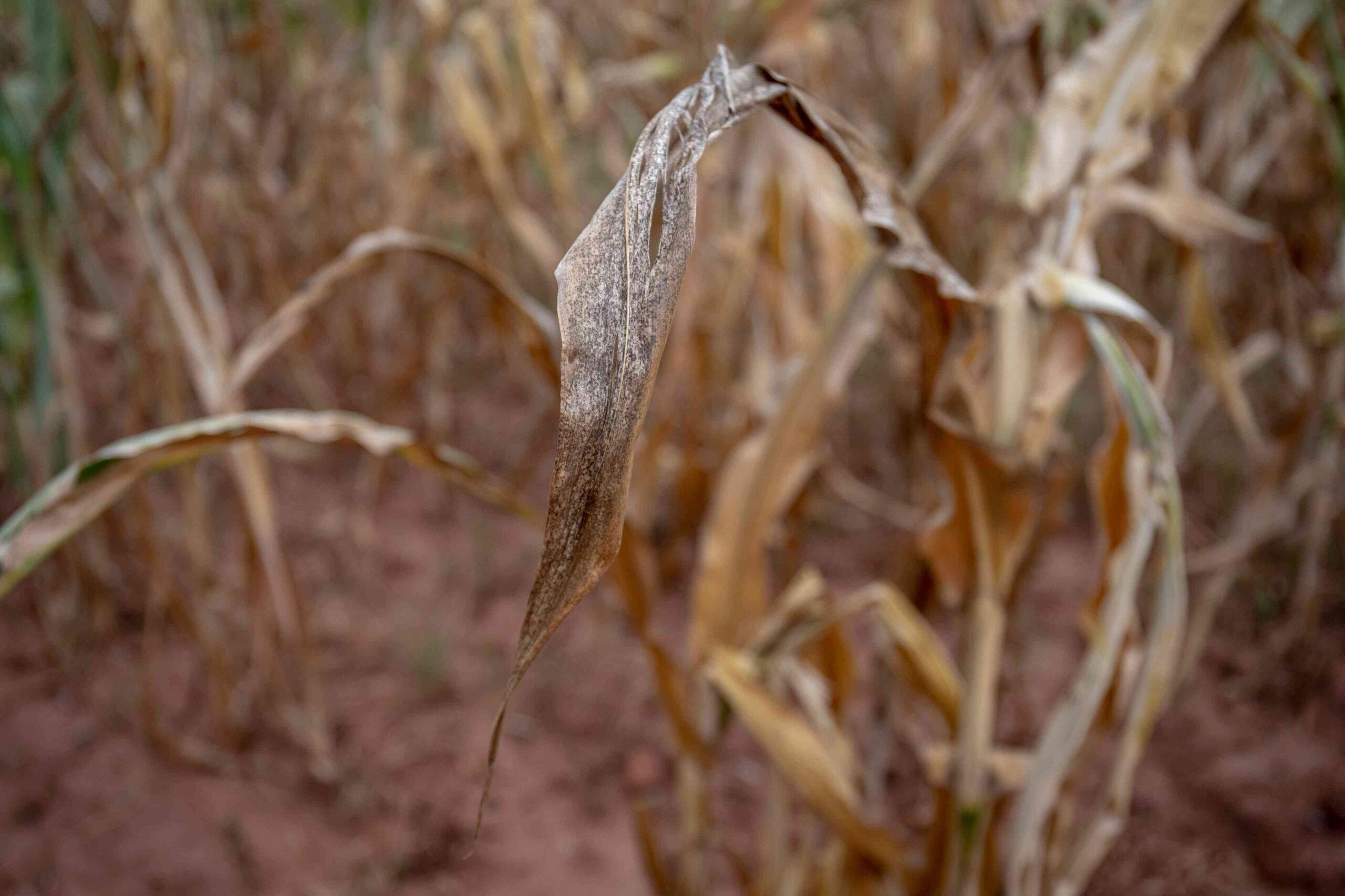Source: Study rules out human factor in southern Africa drought -Newsday Zimbabwe

AN 18-member team of scientists has ruled out human-caused climate change as the main reason behind severe drought in Southern Africa saying it was driven primarily by El Niño that has resulted in crop failure and massive food shortages.
The study called for drought preparedness regionally to mitigate its effects.
The latest research titled, El Niño key driver of drought in highly vulnerable Southern African countries, was done under the World Weather Attribution group and included scientists from universities and meteorological agencies in Zambia, Mozambique, Botswana, South Africa, Netherlands, United Kingdom and the United States.
World Weather Attribution, an international collaboration, analyses and communicates the possible influence of climate change on extreme weather events, including storms, extreme rainfall, heat-waves, droughts and completed over 60 studies on a range of extreme weather events globally using peer-reviewed methods.
The study released on Thursday targets Zimbabwe, Zambia and Mozambique where national state of disasters were declared.
President Emerson Mnangagwa is seeking US$2 billion from the international community to avert food shortages after declaring the drought a state of disaster.
An estimated 20 million people face hunger while outbreaks of cholera and other waterborne diseases caused by water shortages are ravaging Zambia and Zimbabwe.
‘‘Given the devastating impacts of this year’s drought, there is a strong need for drought preparedness in southern Africa to avoid food shortages in future El Niño years,’’ the researchers noted.
The study analysed the period from December to February, which is the peak of the rainy season looking at two variables- rainfall and effective precipitation.
They also looked at the possible influence of the El Niño–southern oscillation, a naturally occurring climate phenomenon that alternates between El Niño, neutral and La Nina phases.
‘‘An analysis of historical weather data found that December to February rainfall is actually increasing across the study region, meaning that droughts during the peak of the rainy season are becoming less frequent.
‘‘However, it is unclear whether this increase in rainfall is due to human-caused climate change because climate models suggest that climate change does not have a significant influence on low December to February rainfall in the region,’’ the study noted.
“Local factors including land use changes and other long term drivers of climate variability could explain the increasing trend.
‘‘As for effective precipitation, the combination of historical weather data and climate models showed that it is not changing in southern Africa during the December to February period. This is likely because higher temperatures — caused by burning fossil fuels and other human activities — are increasing evapotranspiration, which cancels out the increasing rainfall. El Niño, on the other hand, has a strong influence on low December to February rainfall.’’
Historical weather data showed that December-February rainfall tends to be low during El Niño years.
‘‘In today’s climate, with 1,2°C of global warming, similar droughts are expected to occur about once every ten years.
‘‘However, in El Niño years, they are twice as likely to occur. Together, the results indicate that El Niño, rather than human-caused climate change, was the main driver of the southern Africa drought this year,’’ the researchers said, calling for critical measures to boost food security.
Mozambique National Institute of Meteorology researcher Bernardino Nhantumbo, said millions of people in southern Africa rely on rain-fed agriculture.
“During January and February, many southern Africa received around 20% of the rainfall expected during the rainy season,” Nhantumbo said.
Disaster management manager at Zambia Red Cross Society Wina Wina said people in southern Africa know the risk of drought increases during El Niño years.
“However, before this year’s drought, southern Africa farms had already been hit by flooding, agricultural pests and diseases. There is a need for improved drought resilience in the region. With good planning and preparation, people should not have to face hunger,” Wina said.
A researcher at the Grantham Institute — Climate Change and the Environment, Imperial College London Joyce Kimutai, noted that over the past year, attribution studies have shown that many extreme weather events have been driven by a combination of both climate change and El Niño.
“The southern Africa drought appears to be a rarer example of an event fuelled primarily by El Nino,’’ she said.
COMMENTS